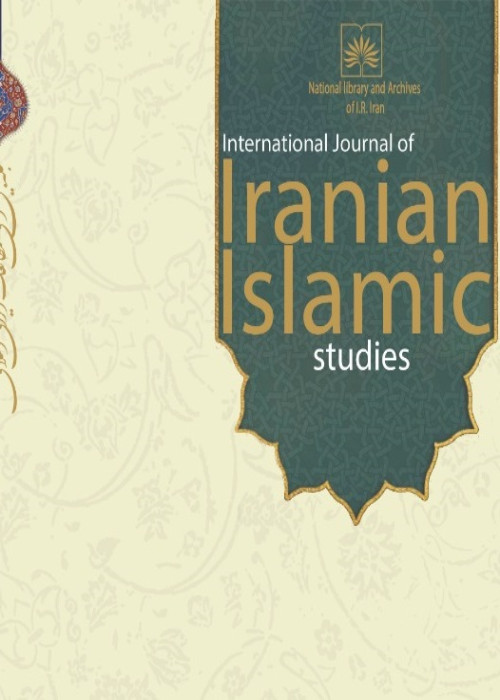Historical-literary and anthropological values of Nawadir al-Hikayat
Nawadir al-Hikayat wa Gharayib al-Rawayat (Bahr al-Nawadir) is one of the greatest storytelling books in the Safavid era, written by Abdul Nabi Fakhr al-Zamani Qazvini, an Iranian immigrant who left for India at the age of nineteen and entered the court of the king of the time. Since this writer and poet has access to the Royal Library, he studies the works and books of his predecessors, and after gaining sufficient experience in the field of storytelling, he planned to write his works. The book Nawadir al-Hikayat or Bahr al-Nawadir is an encyclopedia and reference with many anthropological values, traditions, beliefs, professions, occupations, food, clothing, anomalies, arts, etc. Due to the importance of this book in terms of anthropology, social customs, traditions, food and clothing, etc., it can be considered as a reliable source in understanding the social situation of that time. The study and analysis of eighty anecdotes of the book, based on the version of the Islamic Consultative Assembly No. 3171, is the subject of this article. In this article, after explaining the storytelling in the Safavid era, the structural and content analysis of the book of Nawadir al-Hikayat from various aspects, including the introduction of the book and its versions, the introduction of the author and his works, the chapter and structure of the book and the method of storytelling stylistics of the work (linguistic and literary aspects), bibliography of the stories, study of the content of the stories and social benefits, anthropology and popular culture in the stories were discussed. In the analysis of this book, it was found that the method of narration is eloquent; In a way that attracts the reader's attention and encourages him to read the rest of the story. Scenes and characters are beautifully described. Sometimes the scene is so lively and dynamic that it can be imagined in front of the eyes. Although many of the anecdotes and stories told in this book are adapted from some of the earlier books; But it is written with a different narrative and in the style of the author. By being familiar with the method of storytelling, the author is able to narrate stories well, and this shows how much Fakhr al-Zamani was familiar with the techniques of storytelling. The themes of the stories are moral or religious in any case. The author's purpose in narrating all kinds of stories is to teach valuable and moral concepts. During the stories, the reader becomes acquainted with different types of positive and negative characters. It is very interesting to note that in the meantime, the faces of women are very positive and the personalities belonging to this stratum are chosen from the aristocracy, nobles and princes. The role of women in this book is high and respectable
- حق عضویت دریافتی صرف حمایت از نشریات عضو و نگهداری، تکمیل و توسعه مگیران میشود.
- پرداخت حق اشتراک و دانلود مقالات اجازه بازنشر آن در سایر رسانههای چاپی و دیجیتال را به کاربر نمیدهد.



